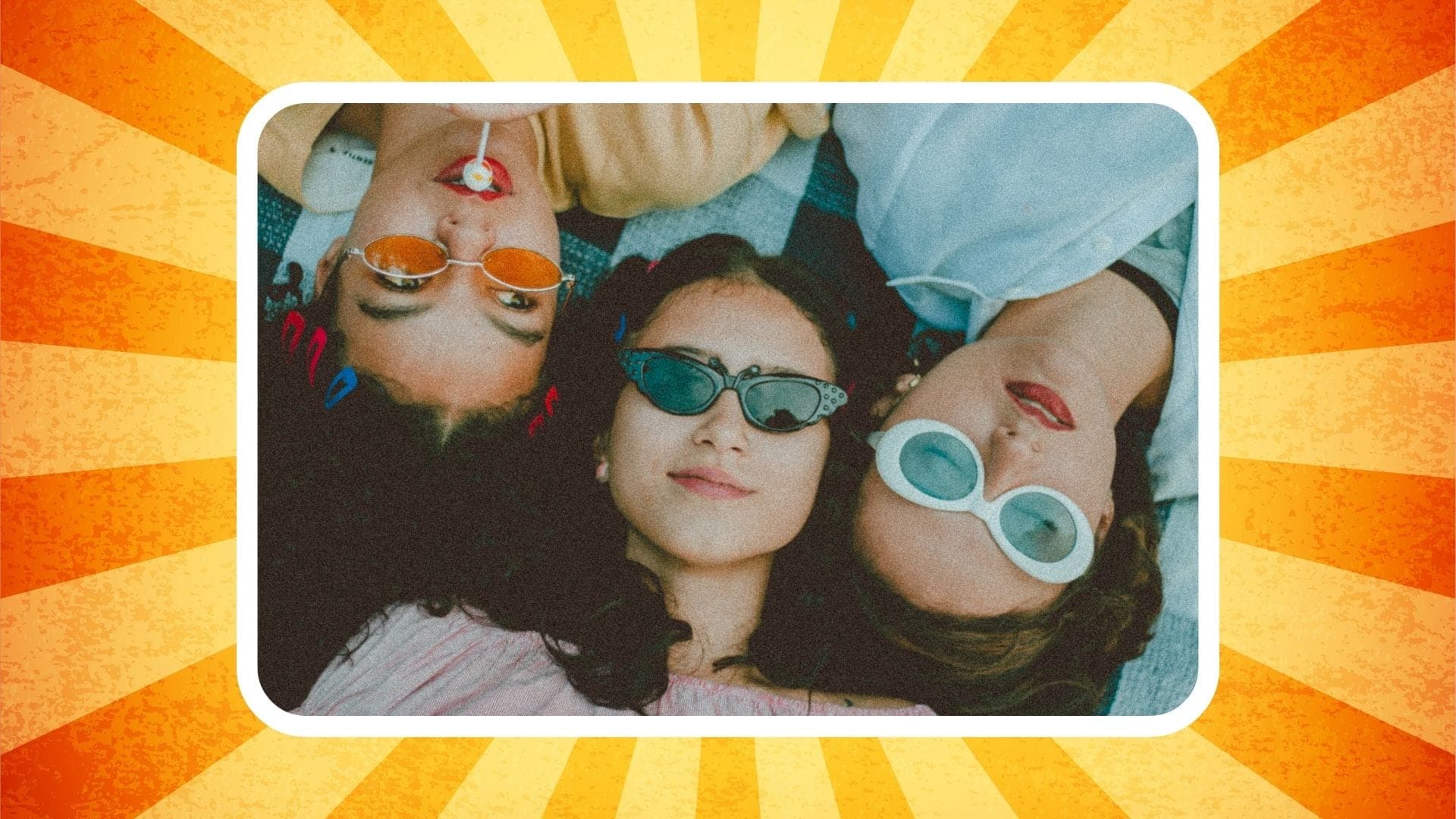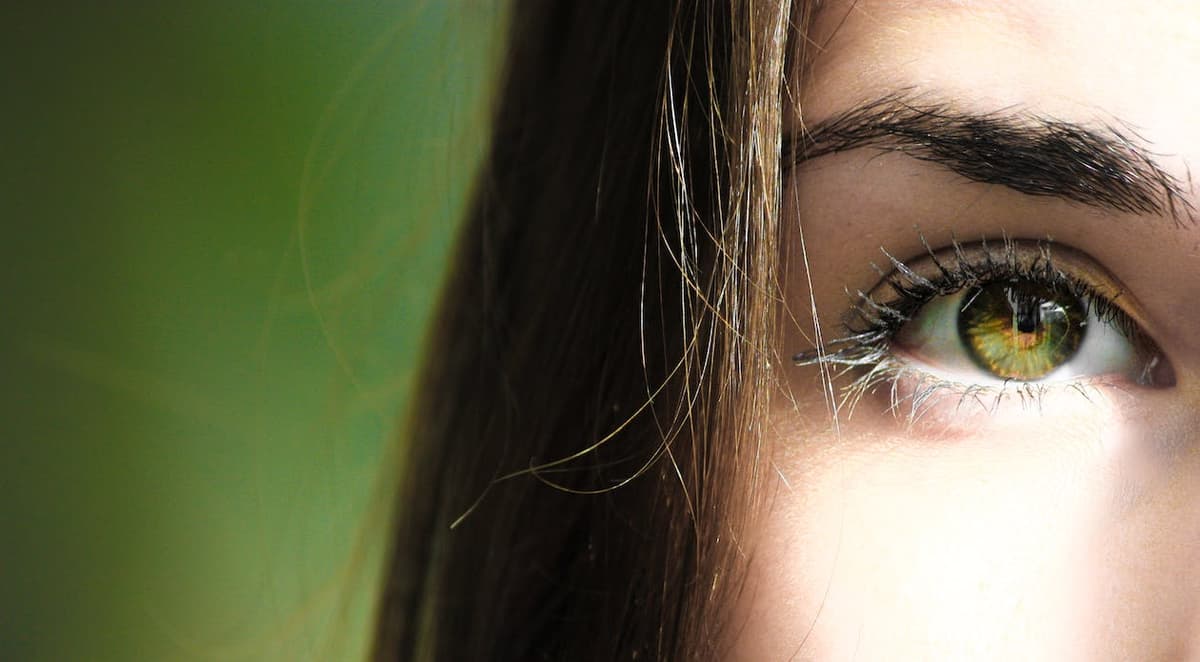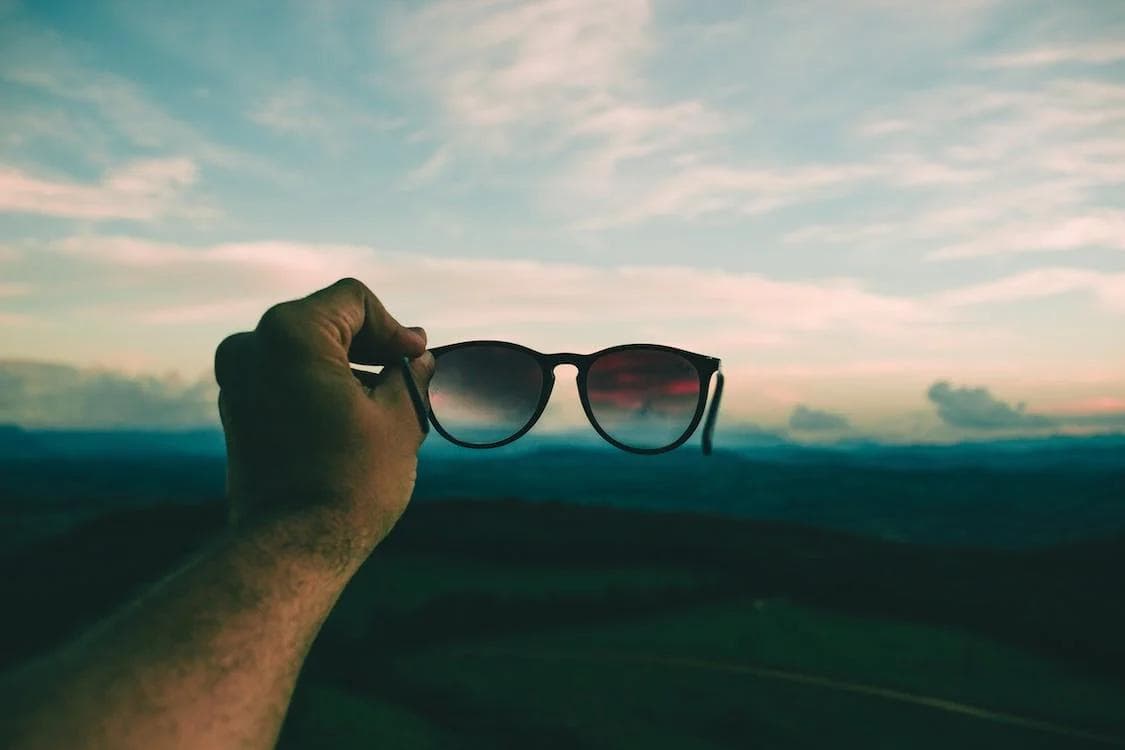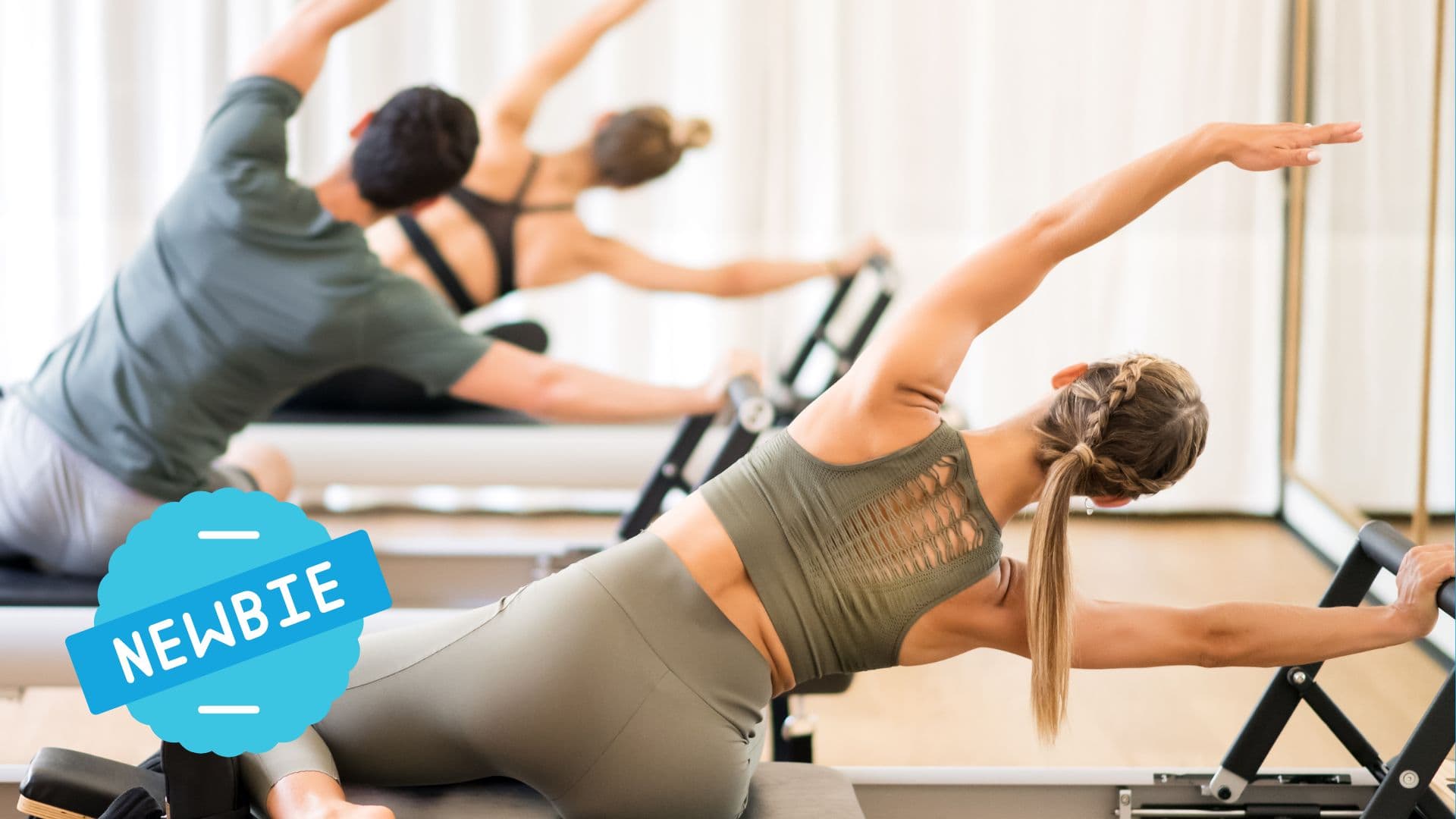
In addition to shading our eyes from the brightness of the sun, sunglasses shield our eyes from the sun’s harsh glare and harmful ultraviolet (UV) rays. While you might not feel the effects of UV rays immediately, prolonged exposure throughout your life can increase your risk of developing serious eye diseases later on. To effectively safeguard your long-term eye health, be sure to select sunglasses that filter out UV rays at a rate of 99% or more. In this post, we share why prioritizing UV protection is paramount when choosing the perfect pair of sunglasses and how to choose the right pair of sunglasses for UV protection.

The sun emits a spectrum of light which includes the sunshine we can see with our own eyes and a type of invisible electromagnetic radiation called ultraviolet (UV) light. There are two types of UV rays: UVA and UVB which both impact our eyes differently.
UVA rays have the longest wavelengths and penetrate the deepest into the skin and eyes, contributing to premature skin aging, macular degeneration (AMD), and cataracts. UVB rays, on the other hand, are responsible for more surface-level ailments like sunburn.

UV rays can disrupt and damage cells in various parts of your eye, including the skin of your eyelids, cornea, lens, and retina. High-intensity UV exposure, especially from sunlight reflected off snow and water, can cause painful eye conditions like photokeratitis where the cornea becomes inflamed and sensitive to light.
Over time, repeated UV exposure can increase your risk of developing cataracts, pterygium, macular degeneration, and skin cancers like basal cell carcinoma and squamous cell carcinoma on the eyelids. The damage caused by UV rays builds up over time, even if exposure happens in short bursts or on cloudy days. While older individuals and those with a family history of eye diseases are at higher risk, everyone benefits from eye protection from UV rays.

Not all sunglasses are created equal when it comes to effective UV protection, so check labels and consider the style and material when looking for the perfect pair. Lenses made with materials like Trivex or polycarbonate are naturally UV-protective, and wrap-around styles block light entering from the sides and top, so sunglasses with these features are ideal. When checking the label, look for sunglasses that offer “UV 400” or “100% UV protection,” indicating they block both UVA and UVB rays
While darker lenses may reduce glare, they don’t necessarily guarantee UV protection, so never go by appearance only. Instead, always be diligent about checking labels. If you wear glasses, consider getting prescription lenses with UV protection to ensure complete eye coverage.

Wearing sunglasses year-round protects against UV exposure which is not limited to bright sunshine or summer weather. Even on overcast days, UV rays are still present and can penetrate through clouds. Additionally, reflected sunlight from surfaces like water, sand, and snow can be even more intense than direct sunlight. This type of reflection concentrates UV rays, increasing the risk of eye damage.
Moderate exposure to UV light has its benefits, stimulating the production of vitamin D which plays a vital role in maintaining bone health, regulating calcium absorption, and supporting immune function. While UV light does have some benefits for humans, overexposure can lead to extreme health concerns, including cancer and eye damage. By understanding the risks of overexposure and reaching for sunglasses that can effectively stand up against UV rays, you’re making an important investment in your long-term vision and overall health.

Pilates is focused on enhancing core strength, crucial for overall torso stability and fluid movement. The core, influencing both legs and upper body, is essential for everyday comfort, such as sitting and standing without pain. The aim is to move gracefully through balanced muscle development, addressing potential weaknesses and promoting full joint mobility. The workout …

Rocky Mountain spotted fever (RMSF) is a bacterial infection caused by Rickettsia rickettsii and transmitted through the bite of an infected tick. This infection is characterized by the sudden onset of fever, headache, and rash, which can be life-threatening if not treated promptly. This infection was first identified in 1896 in the Snake River Valley …

COVID-19 has faded from the public conversation, but it is still as prevalent as ever, with wastewater levels in 2024 approaching those seen at the beginning of the pandemic in 2020. Furthermore, as COVID-19 has become less of a hot topic, many of the resources that made COVID-19 vaccines free or cheap have dried up …